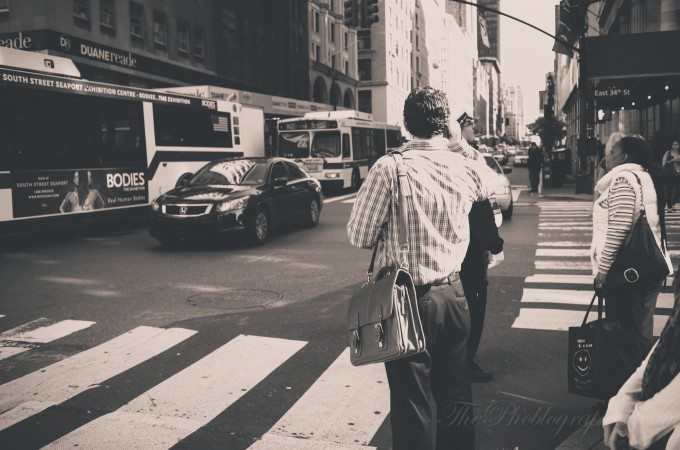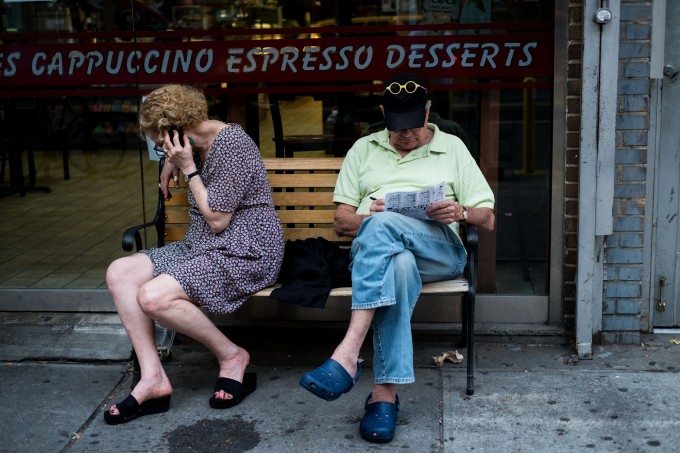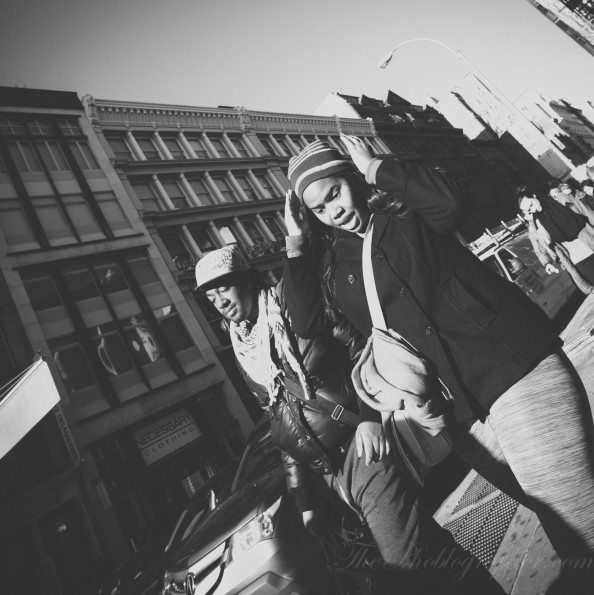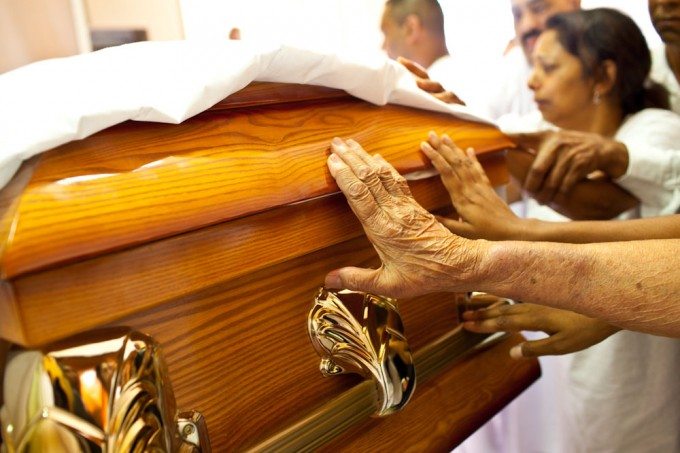Last Updated on 04/15/2013 by Chris Gampat
Photojournalism is the process of documenting the happenings of life on camera through photography. These days, it tends to extend into videography but the main elements of the practice still hold their roots in still image capture. Photojournalism can still be a tough job as far as getting work and images that are different than other photojournalists but that is still a story that would hold an audience captive.
How It Is Done:
There are many factors that go into photojournalism. Many of them are ethically related and others are just how the industry works. But to tell a good story there are certain shots that are essential.
– Cover shot
This is the shot that will make your viewers want to continue reading or viewing the rest of the story. It is your opening shot. A boring opening shot can kill a story.
A cover shot needs to tell us exactly what the story is about as well as be compelling. It should elicit an emotion out of someone that is looking at it and strongly emphasize one of the elements of photojournalism in it. More of the elements later on.
– Establishing Shot
This is the shot that tells us where we are in the story. It usually requires a wide angle lens of some sort and is very environmental. It should give the reader a feeling of where this is all taking place. For example, I shot the Woodstock of Chiptunes (a genre of music that combines electronica with old-school video game music) for a website called 2D-X.com. The above photo is a good establishing shot because it tells us that a concert of some sort is going on and the place is packed.
– Detail Shot
These shots are the ones that really get in close and emphasize something very particular. If you find yourself one day shooting a story on the conditions of people and how they live in shelters during the recession, take a good look at how they live vs how to average person does. Their room will either be very bare or with loads and loads of items due to hoarding. A real example of how much they hoard will be a good detail shot. It could be anything from stacks of old records to piles and piles of raggedy clothes.
Similarly, there is also a relief effort being done right now for earthquake victims in Haiti as I’m writing this. A great example of a detail shot that I’ve seen is one that was features on the photojournalism blog (https://lens.blogs.nytimes.com/) of the NYTimes on Saturday January 16th. In this story, a man was dropped off by the police and told the people he was a thief that escaped prison on Tuesday. The crowd stripped him, beat him and set him afire. And the photo is one of his feet wrapped around a whip of some sort. It is a disturbing image, but it gets the point across in a detail shot.
– Closing Shot
Closing shots are the ones that end a piece. They don’t necessarily have to be the ones that happen at the end of the story, but they can be the trickiest to think of. In some cases though it can be a shot at the very of the time you spent shooting the story. For example, perhaps you’re shooting a story on someone with a specific type of cancer. They could possibly recover from most of the effects and live out a great life, in which case you could possibly shoot the person having fun with friends/family as your closing shot. Alternatively, they might not make it. In which case, you should shoot the family at the funeral or them grieving over the body.
Something like that may be hard to do but it is what photojournalists do everyday. You just need to distance yourself from the story and not show emotions: just shoot.
-Filler
These are all the shots in between that give your viewers and readers an idea of what the story is about. They take on all the elements of photojournalism and more. Perhaps they can be something that works very well with the rules of composition I mentioned in my introduction or possibly environmental portraits that really tell us what someone is about, what they do, etc.
Elements:
– The Newsworthy
This is something going on in the area that is worth talking about in the news. It may not be necessarily very exciting but it is still something worth talking about. An example of this would be a robbery at a store in which the owner and assailant exchanged gunshots.
For the image, there could be evidence of this with broken glass and the store behind a police line. The image proves its point: it tells the reader that something happened there.
Every year, there is a giant pillow fight of some sort in New York City. It is literally just a bunch of people getting together when the weather is a bit warmer and smacking each other with pillows. A newsworthy shot would possibly be one that tells us where we are (establishing shot), a close-up of a specific fight (cover shot), etc.
– The Emotional
These are the shots that capture someone showing emotion. They can be the typical mother grieving the loss of her son to a fatal shootout or someone experiencing joy upon hearing that they’ve won the lottery. A less seen example of this is the facial expressions of Wall Street stock brokers as they see something they don’t like on the overhead monitors.
– The Intimate
This is where you take the emotional and combine it with interaction of people. Instead of a mother grieving the loss of her son, it is a mother, father and brothers grieving the loss together. Perhaps they are in each other’s arms crying.
The key to this is emotions and interaction with other people. That’s to say it doesn’t necessarily have to be people. It can also be a dog licking the face of his owner as he is on his back dying in the middle of the street.
– The Unusual
This is all that you don’t see in everyday life. It can be someone dressed up as SpongeBob Square Pants walking down the street. You’ll know it when you see it. If someone will look at something and say, “That’s unusual” then you know that it qualifies for an unusual photo.
Familiarize yourself with these and you’ll be able to see eventually how photojournalism can help you with almost all types of photography.






